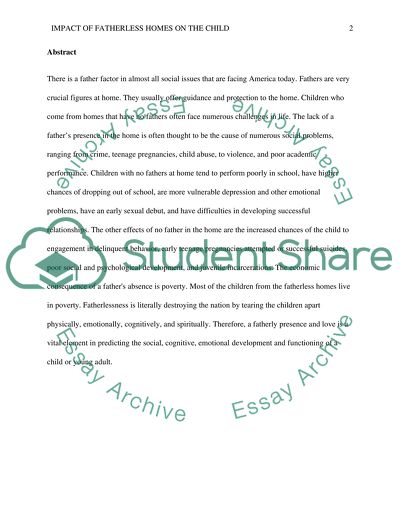Cite this document
(“Fatherless Homes and Its Affects on the Child Essay”, n.d.)
Fatherless Homes and Its Affects on the Child Essay. Retrieved from https://studentshare.org/psychology/1683919-fatherless-homes-and-its-affects-on-the-child
Fatherless Homes and Its Affects on the Child Essay. Retrieved from https://studentshare.org/psychology/1683919-fatherless-homes-and-its-affects-on-the-child
(Fatherless Homes and Its Affects on the Child Essay)
Fatherless Homes and Its Affects on the Child Essay. https://studentshare.org/psychology/1683919-fatherless-homes-and-its-affects-on-the-child.
Fatherless Homes and Its Affects on the Child Essay. https://studentshare.org/psychology/1683919-fatherless-homes-and-its-affects-on-the-child.
“Fatherless Homes and Its Affects on the Child Essay”, n.d. https://studentshare.org/psychology/1683919-fatherless-homes-and-its-affects-on-the-child.


